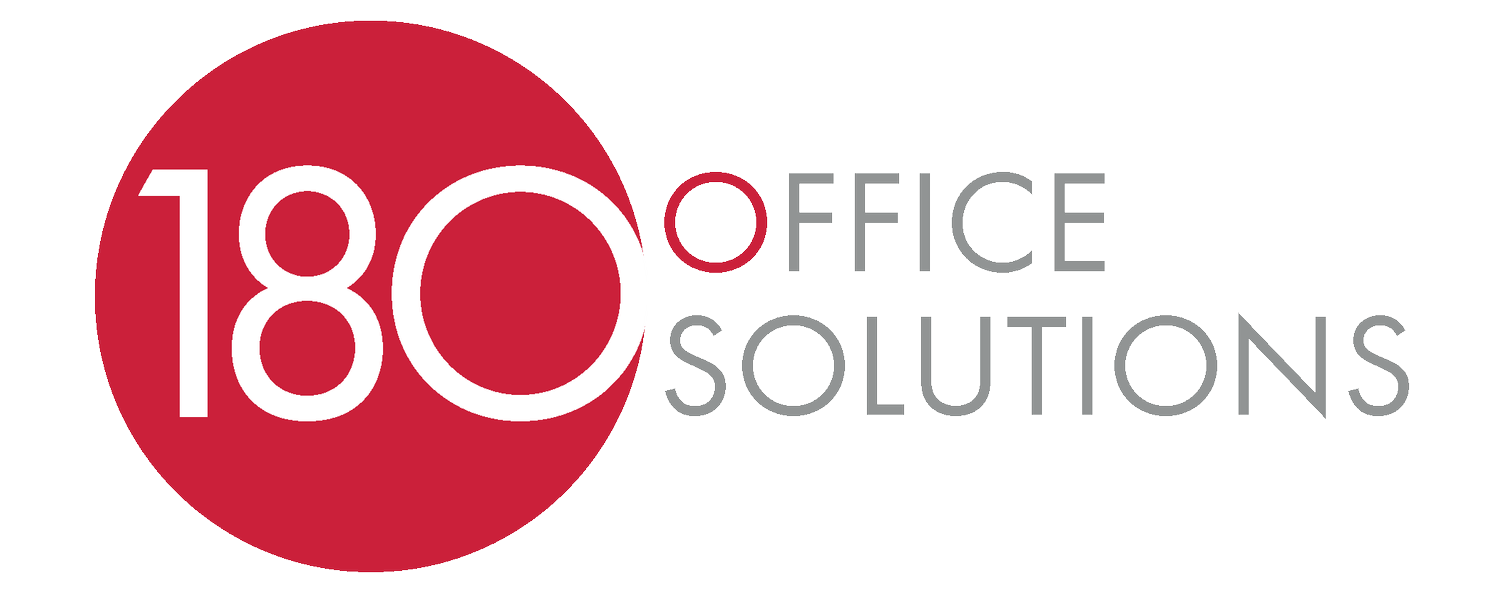The Rise in Hybrid Offices
In recent years, work from home, and the hybrid office concept have gained popularity, as employers started recognizing the benefits of offering flexibility to their workforce while maintaining some level of in-person collaboration. This approach fosters overall employee satisfaction and can help to increase productivity.
Hybrid office spaces refer to work environments that combine elements of traditional office settings with flexible and remote work options. In a hybrid office model, employees have more flexibility. This tool can help employees find a better balance between their work and personal life, or offer a more convenient schedule for those who have to commute to work. This creates more employee satisfaction in the workplace. Another benefit is creating a more productive work environment, and boosts employee engagement, according to an article by Envoy.
The hybrid office practices seem to be becoming the “new normal” for many offices, as it incorporates the best parts of work from home, and in office collaboration. Many are starting to think that we will never return to being fully ‘in office’ employees, as this working style helps cut commuting time, and allows for employee comfort. On the other hand, there are also some negatives to hybrid working.
Some employees struggle without the accountability of being in office. This can lead to workers taking too many breaks, and a lack of productivity. Although some people find it extremely comfortable working in their home, others find it to be difficult and distracting. It's easy to think of other chores one may need to accomplish, or what to make for dinner, when working out of one's house. These are a few reasons why not every employer is wanting to implement hybrid working practices.
Although there are a few possible downsides to hybrid practices, they seem to be outweighed by the positive impacts. An important factor in implementing new practices in the workplace is making sure it's done correctly. The Harvard Business Review created a guide on how to correctly implement hybrid practices in the office. In their article, they discuss some key concepts to keep in mind while implementing these concepts, such as employee satisfaction, and inclusion and fairness in the office.
Overall, incorporating hybrid practices into the workplace can be very beneficial to both the employers and employees. The main idea is creating a better working environment for your employees, so that they will be more satisfied, and thus be more productive and happier with their job. If you're looking to implement these practices into your workspace, please reach out on our website. We want to help continue to inform our audience on best practices of ‘the office of the future’.


